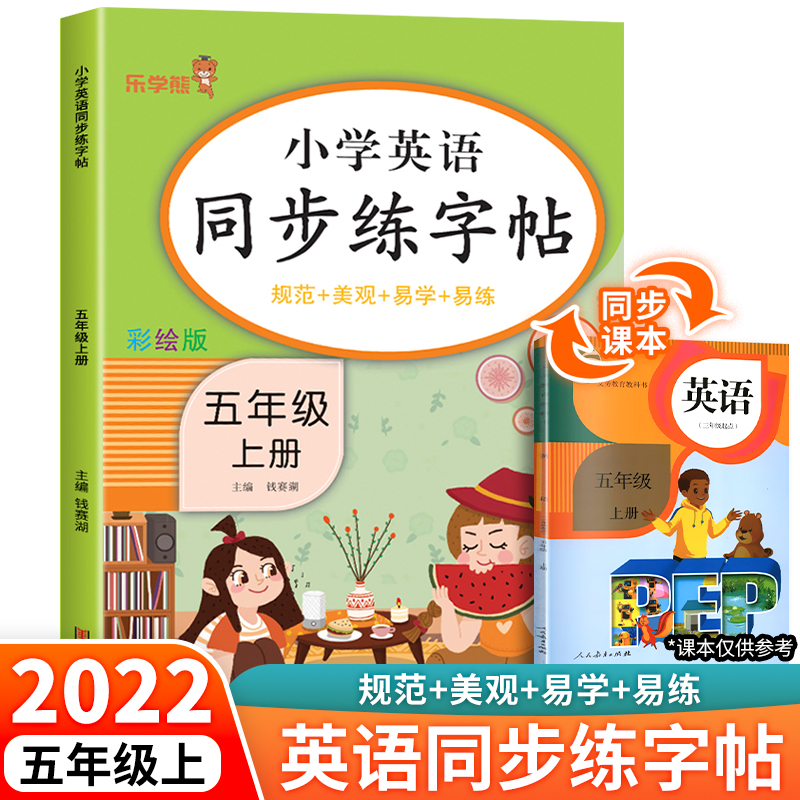As an English learner and avid fan of cinema, I have always found the intersection of film and language learning to be particularly enriching. One such medium that has been instrumental in my journey is watching English movies with subtitles, specifically films from the teenage years of the characters—in other words, movies aimed at the初中生 audience. This approach not only immerses me in authentic English dialogue but also offers a unique insight into the cultural context and social dynamics portrayed through the lens of youthful characters.

Movies that cater to this demographic are often characterized by their relatable storylines, vibrant characters, and universal themes that resonate with young viewers. They serve as a bridge between the immature language used during childhood and the sophisticated vocabularies encountered in adult content. By watching movies featuring teenagers, we can witness how language evolves naturally and observe how characters adapt their speech patterns to suit various situations. For instance, the use of slang and colloquial expressions becomes more pronounced, offering a window into contemporary English lingo.
Furthermore, these films provide valuable opportunities for language learners to practice comprehension skills without feeling overwhelmed by complex vocabulary or syntax. The pace of conversation in such movies mimics real-life interactions among peers, making it easier to pick up on nuanced meanings and idiomatic expressions that might otherwise be missed in more formally structured content. The juxtaposition of visual storytelling and auditory language learning creates a multisensory experience that enhances retention and recall.
One example that stands out in this regard is the movie "The Perks of Being a Wallflower" (2012), which follows the coming-of-age journey of a high school student named Stephen Chbosky. The film's realistic portrayal of teenage emotions and challenges resonated with many audiences, including myself. Through its narrative, I could observe the natural progression of language usage within the characters, especially the shift from overt instruction to more subtle communication as they navigated through their relationships. The film was not only enjoyable but also educational in terms of language acquisition.
Another notable movie in this genre is "To All the Boys I've Loved Before" (2018), based on the novel by Jenny Han. This romantic comedy centers around a teenage girl who writes letters to her past love interests after finding them online. Like "The Perks of Being a Wallflower," this movie offers a relatable storyline for young viewers while providing ample opportunities for language learners to pick up on casual conversations, phrasal verbs, and idioms commonly used in everyday life. It's an excellent way to understand how language evolves and changes according to age group, social status, and personal experiences.
Watching these movies has not only improved my understanding of English but also broadened my cultural perspective. Through the eyes of teenage protagonists, I gained insights into different societal norms, values, and conflicts that are unique to their generational context. These films serve as powerful tools for anyone seeking to learn English effectively and appreciate diverse cultures.
In conclusion, watching English movies with teenagers as the central focus provides a dynamic learning environment where language acquisition meets entertainment value. The combination of visual storytelling and interactive language learning makes it a highly effective method for those interested in mastering English while enjoying quality cinematic experiences. By incorporating such films into their study routine, learners stand to improve both their command of the English language and their appreciation for global cinematic traditions.
推荐阅读》未经允许不得转载:» 初中英文电影英语影评(初中英文电影评析)

 家长点评网
家长点评网











